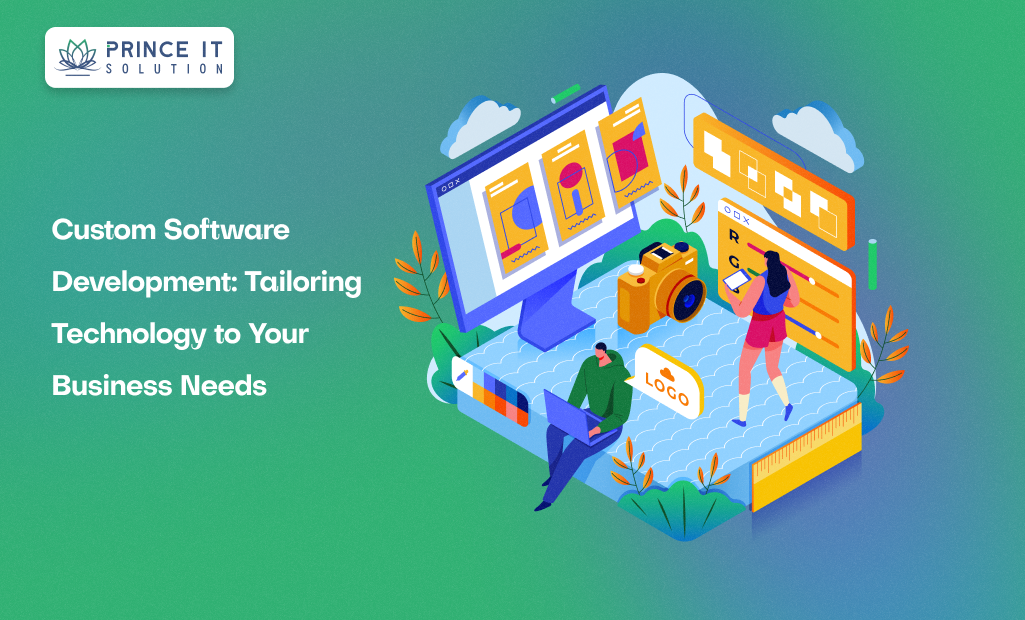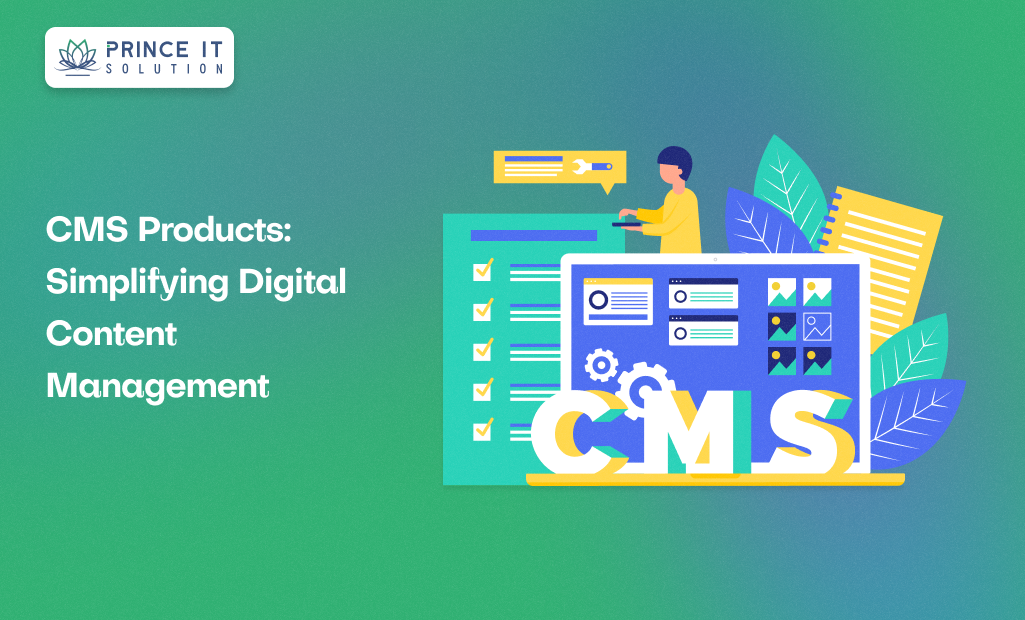Introduction
In today’s competitive digital landscape, organizations cannot afford inefficiencies caused by siloed systems. Businesses need a unified way to manage sales, inventory, finance, HR, and customer support. This is where Odoo integration becomes a game-changer.
Odoo is a powerful open-source ERP platform that offers more than 30 core applications and thousands of community modules. From CRM and e-commerce to accounting, inventory, and HR management, Odoo provides a comprehensive ecosystem. But the real magic happens when Odoo is integrated seamlessly with other tools and platforms.
This blog explores the power of Odoo integration, its key features, benefits, common use cases, and best practices for making your business operations smarter, faster, and more connected.
1. Why Odoo Integration Matters
Every modern business relies on multiple systems: CRM for sales, ERP for inventory, HR software for employee management, and third-party apps for payments or communication. Without integration, this leads to:
Data silos between departments.
Manual work, like re-entering data across platforms.
Errors in reporting and customer communication.
Wasted time switching between tools.
Odoo integration eliminates these issues by creating a centralized hub of operations where all systems communicate seamlessly.
2. What is Odoo Integration?
Odoo integration refers to the process of connecting Odoo ERP with other business applications (both within Odoo and third-party tools). This ensures smooth data flow, automation, and real-time updates across all areas of the business.
For example:
A sale made in your e-commerce store automatically updates inventory in Odoo.
Payroll processed in HR software syncs with Odoo Accounting.
Leads captured from marketing campaigns flow directly into Odoo CRM.
3. Key Features of Odoo Integration
Seamless API Connections – Connect Odoo with external platforms like Shopify, Salesforce, or QuickBooks.
Custom Workflows – Automate processes like order confirmation, invoicing, and shipment tracking.
Modular Approach – Add or remove apps as per business needs.
Data Synchronization – Keep information updated across sales, finance, HR, and operations.
Scalability – Works for small startups to large enterprises.
4. Benefits of Odoo Integration
Unified Business Processes: One platform for sales, HR, finance, and operations.
Increased Productivity: Automation reduces repetitive manual tasks.
Improved Accuracy: Real-time synchronization prevents human errors.
Better Decision-Making: Access to a single source of truth for analytics.
Cost-Effective: Open-source flexibility makes Odoo more affordable than many ERP solutions.
5. Common Use Cases of Odoo Integration
1. E-Commerce Integration
Connect Odoo with Shopify, WooCommerce, or Magento to manage products, inventory, and sales in real time.
2. CRM & Marketing
Integrate Odoo CRM with email marketing tools like Mailchimp to create targeted campaigns based on customer data.
3. Accounting & Finance
Connect Odoo with QuickBooks, Zoho Books, or bank systems for seamless financial reporting.
4. Logistics & Supply Chain
Integrate Odoo with shipping providers like FedEx, DHL, or UPS for automated tracking and fulfillment.
5. HR & Payroll
Sync Odoo with payroll systems to automate employee salaries, tax calculations, and compliance reporting.
6. Odoo Integration vs Other ERP Integrations
Flexibility: Odoo’s open-source nature allows unlimited customization.
Affordability: Cheaper than SAP, Oracle, or Microsoft Dynamics.
Community Support: Thousands of developers contribute new apps.
User-Friendly: Designed with a simple interface, making adoption easier for SMEs.
7. Best Practices for Odoo Integration
Map Your Business Needs: Identify which processes require integration first.
Use APIs: Take advantage of Odoo’s robust API framework for reliable integration.
Test Before Deployment: Run pilot integrations before full rollout.
Employee Training: Train staff to adapt to new automated workflows.
Monitor & Optimize: Regularly check KPIs like order accuracy, processing time, and system performance.
8. Challenges of Odoo Integration
Customization Complexity: Tailored workflows may require expert developers.
Data Migration Risks: Transferring data from legacy systems can be tricky.
Third-Party Compatibility: Not all external tools may integrate easily.
9. The Future of Odoo Integration
Odoo is continuously evolving with AI, IoT, and predictive analytics. In the future:
AI Assistants will help automate workflows.
IoT Integration will connect manufacturing and the supply chain in real time.
Predictive Analytics will guide smarter business decisions.
Conclusion
Odoo integration is more than just a technical upgrade; it’s a strategic move to unify your operations. By connecting your sales, marketing, HR, finance, and logistics systems under one roof, Odoo creates efficiency, accuracy, and scalability.
Whether you’re a startup seeking automation or an enterprise looking for a flexible ERP, Odoo integration delivers the agility you need to stay ahead in today’s digital economy.



